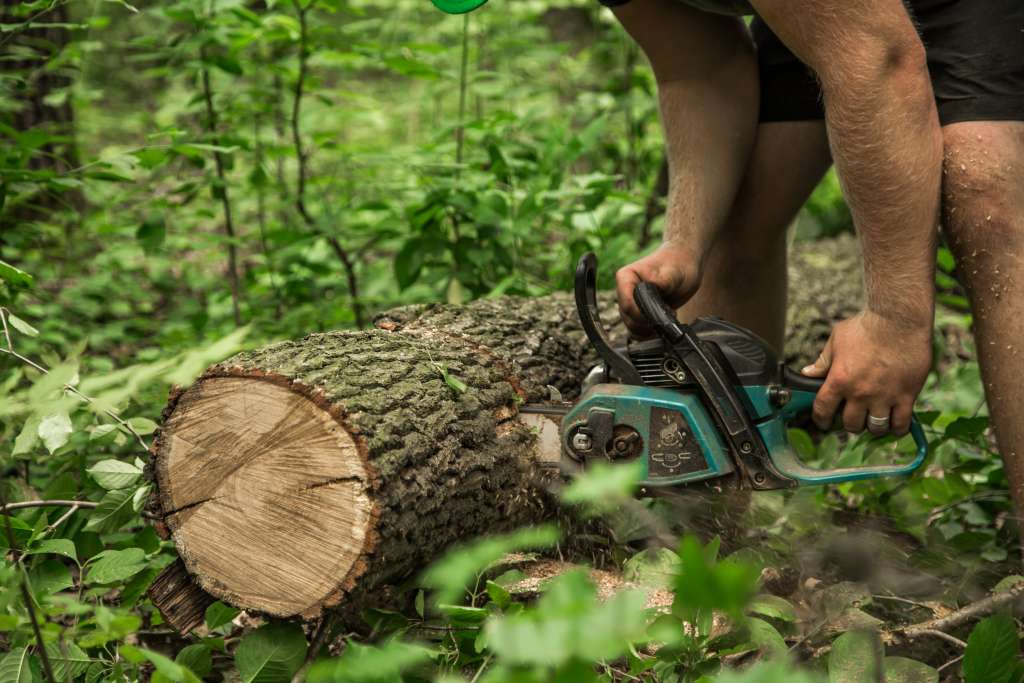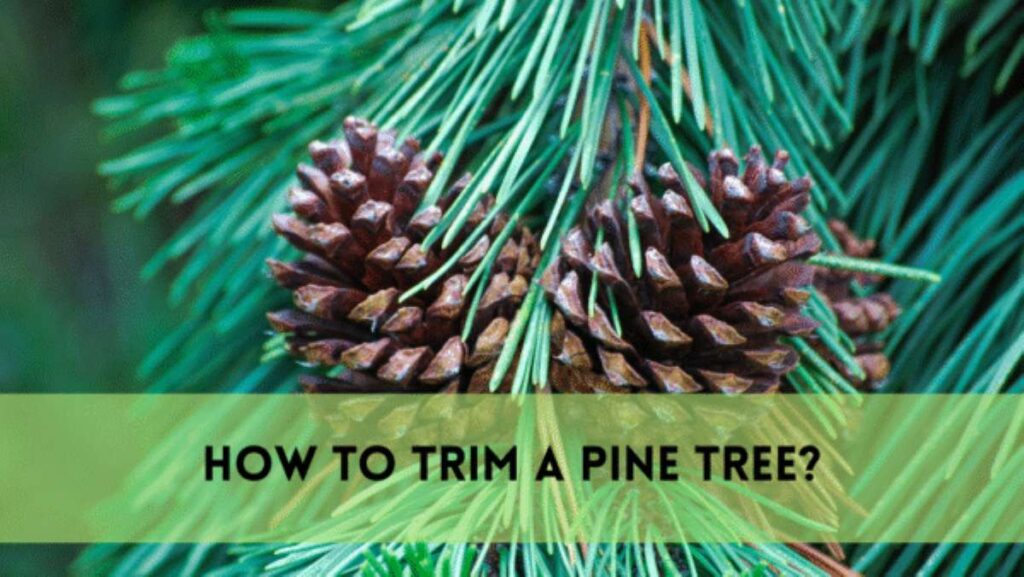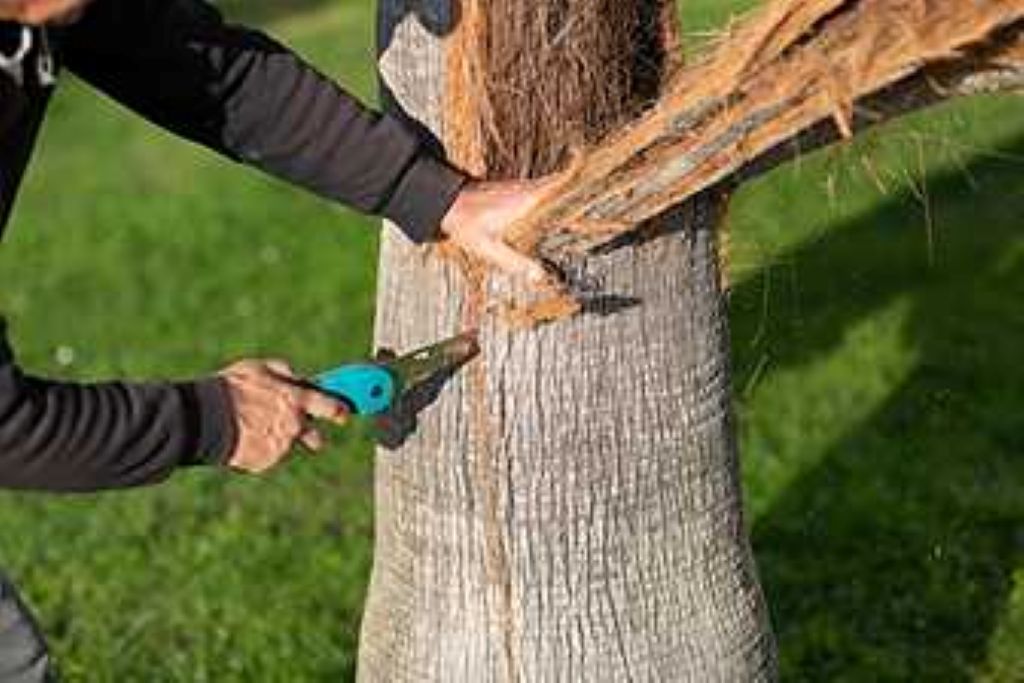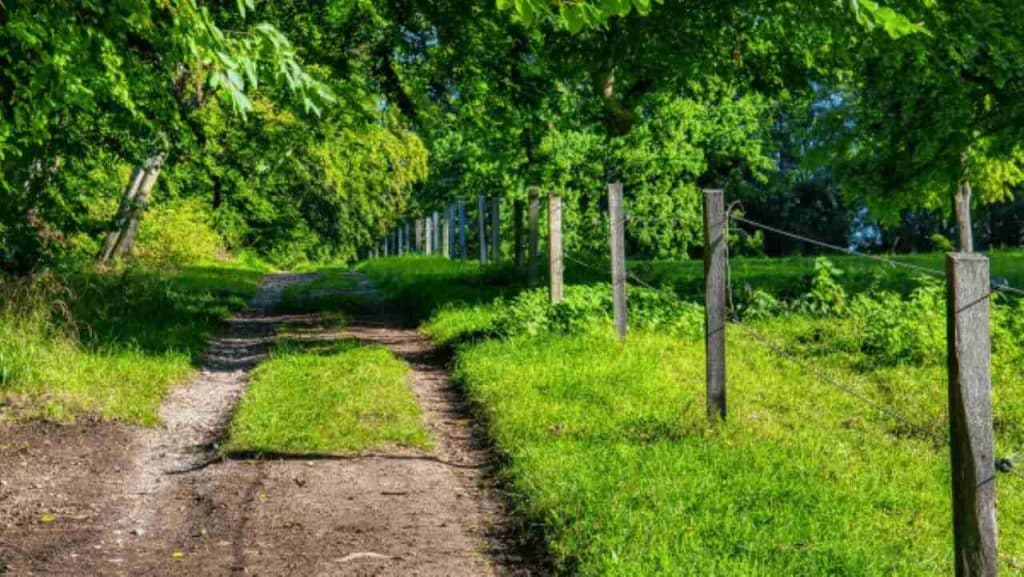Have you ever wondered how to cut down a tall tree by yourself? It might seem like a daunting task, but with the right tools and a bit of know-how, you can do it safely and efficiently.
Assessing the Tree and Your Surroundings
First things first, you need to take a good look at the tree you plan to cut down. Is it healthy? Look for any signs of disease or rot. A weak tree can be unpredictable when it falls. Are there any obstacles nearby? Check for power lines, buildings, or other trees that could be in the way.
Safety is your top priority when learning to cut down a tall tree yourself.
Gathering Your Tools
Now that you’ve assessed the tree and your surroundings, it’s time to gather your tools. You’ll need a chainsaw, an axe, safety gear (including a hard hat, gloves, and safety glasses), and possibly some wedges. A rope and a friend to help guide the tree’s fall can also be invaluable.
Planning the Fall Direction
Before cutting, decide which direction you want the tree to fall. Choose a clear path that the tree can fall into without causing damage. You’ll need to make your first cuts on the side facing this direction.
Making the First Cut
The first cut is crucial. This is called the notch cut, and it helps guide the tree as it falls. Start by making a horizontal cut about one-third of the way through the tree. Then, make a diagonal cut above the first cut, meeting it to form a notch. This notch should face the direction you want the tree to fall.
Making the Felling Cut
Now it’s time to make the felling cut. This cut is made on the opposite side of the notch, slightly above the bottom of the notch. As you cut, keep an eye on the tree and be prepared to move quickly if it starts to fall. Wedges can keep the cut open and control the tree’s fall.
Safety Tips to cut down a tall tree by yourself
Remember, safety is crucial when learning to cut down a tall tree by yourself. Always wear your safety gear. Don’t cut alone if you can avoid it. Have an escape route planned and be ready to use it.
Dealing with the Tree After It Falls
Once the tree is down, you’ll need to deal with it. Cut off the branches, starting from the bottom and working up. Then, cut the trunk into manageable pieces. Be careful as you work; the branches and trunk can still be heavy and dangerous.
Disposing of the Tree
Disposing of the tree can be done in several ways. You might chop it up for firewood. Or, you might need to haul it away. Some people use a wood chipper to turn the branches into mulch.
Consider Hiring a Professional to Cut Down a Tall Tree
If you feel uncomfortable or unsure at any point, consider hiring a professional. Learning to cut down a tall tree yourself is admirable, but safety should always come first. Professionals have the experience and equipment to do the job safely.
Story of a Tree-Cutting Experience
Let me tell you about my friend Jake. Jake decided to learn how to cut down a tall tree by himself. He had a tall pine tree in his backyard that needed to go. Jake did his research, watched videos, and gathered all the necessary tools. He assessed the tree and its surroundings, planned the fall direction, and made his notch cut perfectly.
However, as he made the felling cut, the tree started to lean in the wrong direction. Jake remained calm, quickly grabbed his wedges, and corrected the fall direction. The tree fell exactly where he wanted it to. Jake felt a sense of accomplishment and learned a lot from the experience.
Benefits of Cutting Down a Tree Yourself
Cutting down a tree yourself can save you money. Professional tree removal can be expensive. It also gives you a sense of achievement. It’s a challenging task that requires skill and planning. Plus, you get to keep the wood for firewood or other projects.
Environmental Considerations
Before you cut down a tree, think about the environmental impact. Trees provide oxygen, habitat for wildlife, and help combat climate change. Consider planting a new tree to replace the one you cut down.
Checklist for Cutting Down a Tall Tree
- Assess the Tree: Check for disease, rot, and surroundings.
- Gather Tools: Chainsaw, axe, safety gear, wedges, rope.
- Plan Fall Direction: Choose a clear path.
- Make Notch Cut: Horizontal and diagonal cuts.
- Make Felling Cut: Opposite side, slightly above the notch.
- Use Wedges: Keep the cut open and control the fall.
- Wear Safety Gear: Always prioritize safety.
- Have an Escape Route: Be ready to move quickly.
- Cut Branches and Trunk: Start from the bottom.
- Dispose of Tree: Firewood, hauling, or wood chipper.
Common Mistakes to Avoid
- Not Wearing Safety Gear: Always wear a hard hat, gloves, and safety glasses.
- Incorrect Notch Cut: Make sure the notch is facing the right direction.
- Rushing the Job: Take your time and plan each step.
- Cutting Alone: If possible, have someone with you.
- Ignoring Tree Health: A diseased or rotten tree can fall unpredictably.
Conclusion
Learning how to cut down a tall tree by yourself can be a rewarding experience. It saves money, provides a sense of accomplishment, and gives you firewood for those cold nights. However, it’s not without risks. Safety should always be your top priority.
Take the time to assess the tree, gather your tools, and plan each step. Follow the safety tips and avoid common mistakes. And remember, if you ever feel unsure, it’s perfectly okay to call in a professional.
So, are you ready to take on the challenge? You can learn to cut down a tall tree with the proper preparation and mindset. Happy tree cutting!
FAQs
What safety gear is essential when learning to cut down a tall tree yourself?
Safety gear is crucial when cutting down a tall tree. Essential items include a hard hat to protect your head, safety glasses to shield your eyes, gloves to safeguard your hands, and sturdy boots to protect your feet. Additionally, wearing a chainsaw-resistant jacket and pants can prevent severe injuries. Always have a first-aid kit nearby in case of emergencies.
How do I determine the direction the tree will fall?
To determine the fall direction, start by assessing the tree’s natural lean and the weight distribution of its branches. Look for any obstacles or structures that could be in the fall path. It would help to make a notch cut facing the desired fall direction. This cut helps guide the tree as it falls. Plan a clear escape route and ensure the area is free of people and pets.
Can I cut down a tree alone if it is close to power lines or buildings?
Cutting down a tree near power lines or buildings is highly risky and not recommended for amateurs. In such cases, it’s best to hire a professional arborist. They have the expertise and equipment to manage trees in hazardous locations safely. Attempting to do it yourself can result in severe property damage or personal injury.
What are the steps to make a proper notch cut?
Identify the fall direction and mark it on the tree. Make a horizontal cut about one-third of the way through the tree, perpendicular to the fall direction. Make a diagonal cut above the horizontal cut, meeting it to form a notch. The notch should create a 70-degree angle. This notch helps guide the tree as it falls, ensuring it falls in the desired direction.
How do I handle the branches and trunk after the tree has fallen?
After the tree has fallen, start by removing the branches. Begin at the bottom of the tree and work your way up. Use a chainsaw or handsaw to cut the branches into manageable pieces. Once the branches are removed, cut the trunk into sections. Be cautious of the weight and balance of the pieces as you cut. You can use the wood for firewood and mulch or haul it away for disposal.





